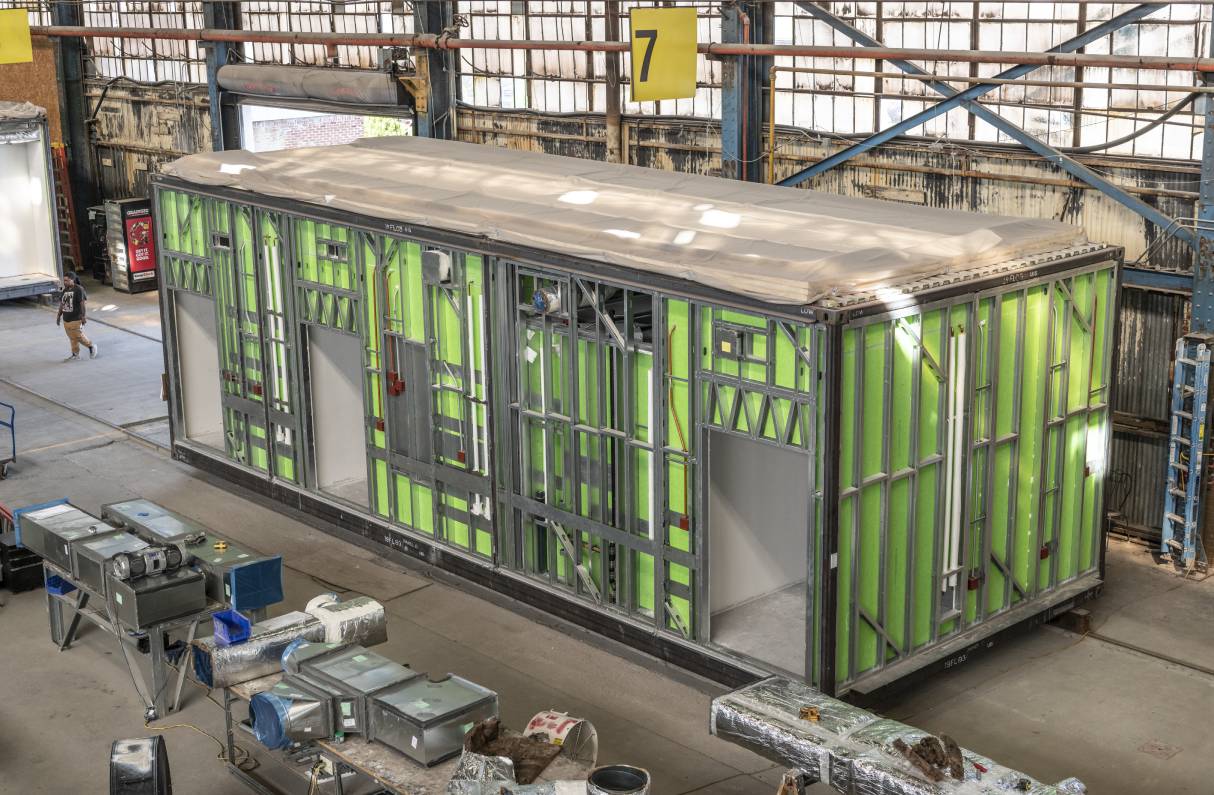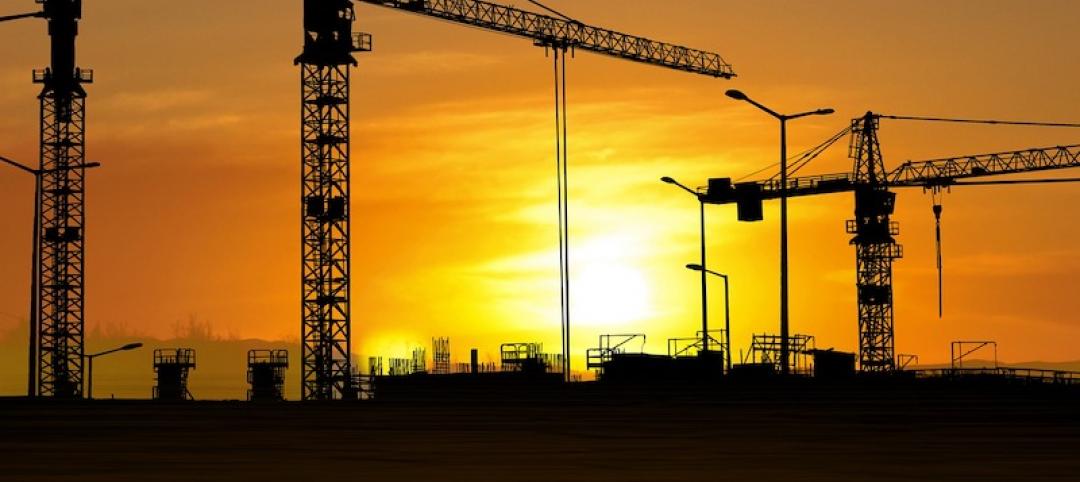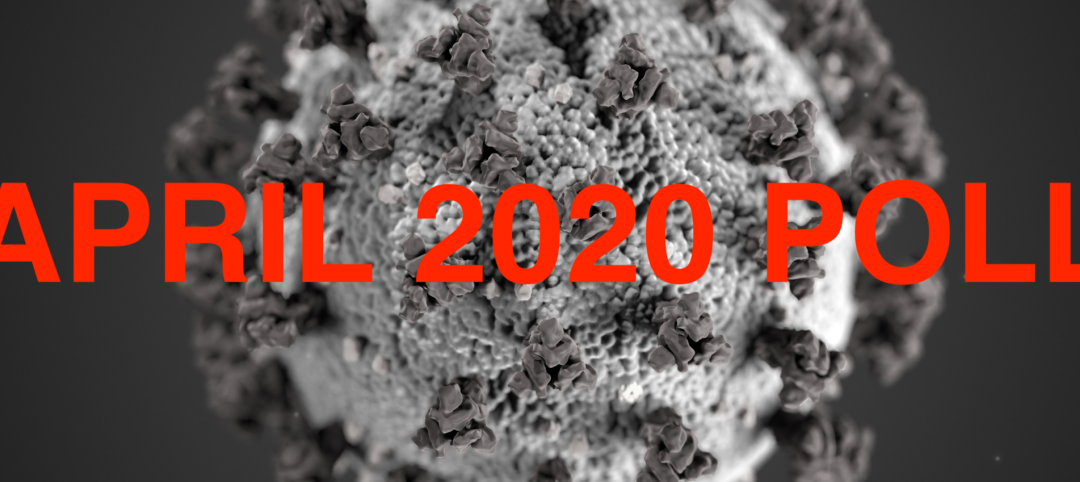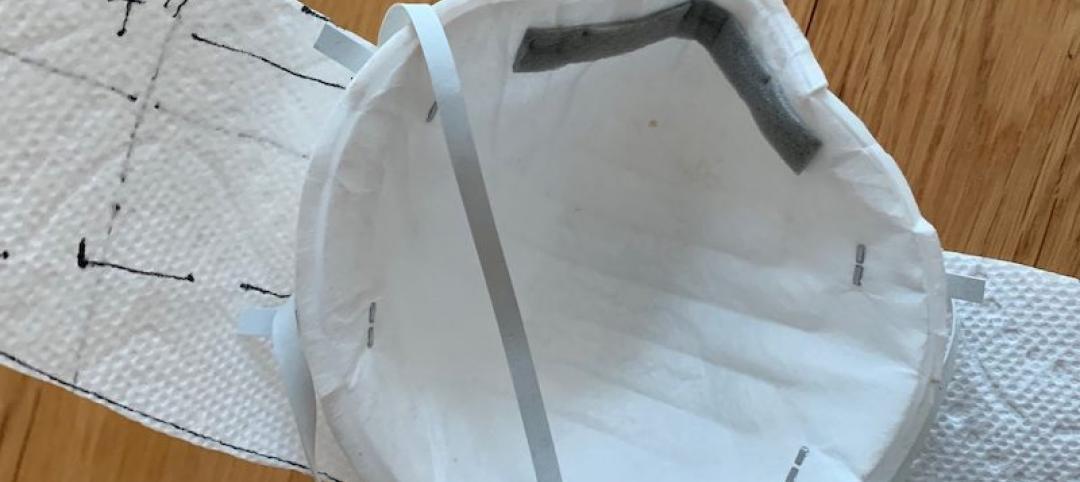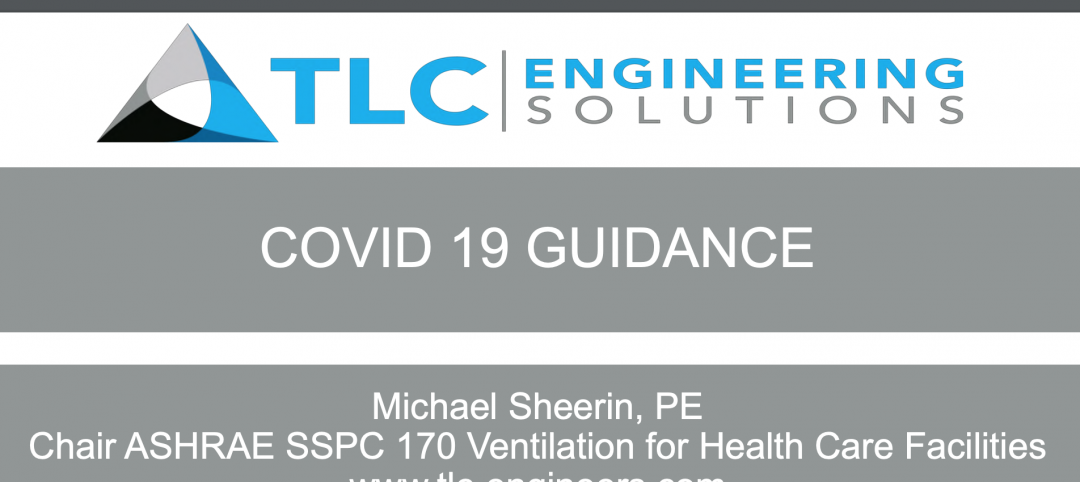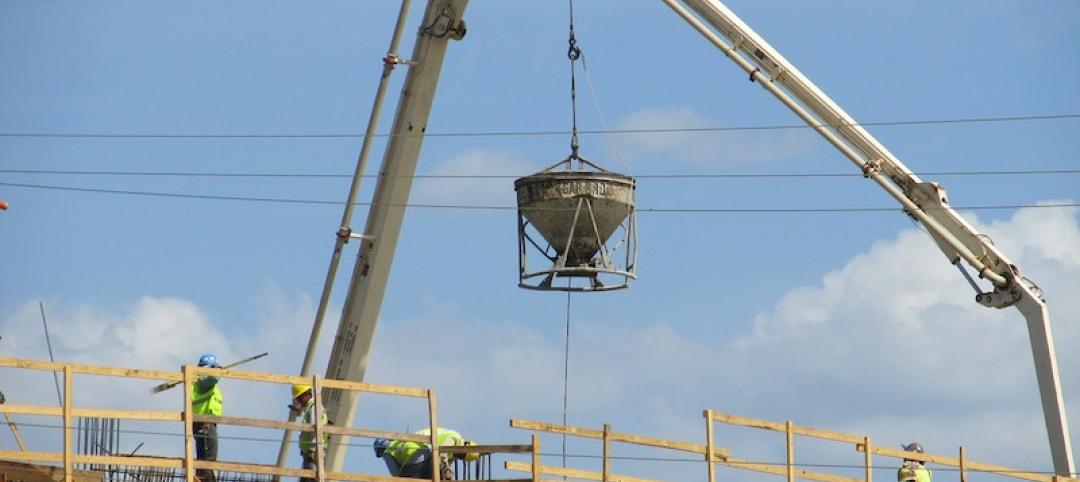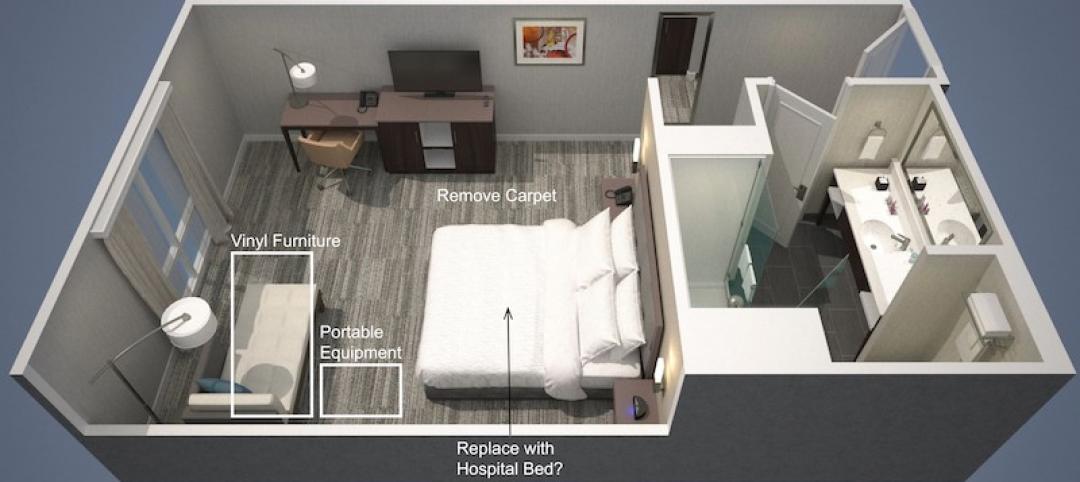Managing the COVID-19 pandemic—and saving lives—depends largely on the availability of medical supplies, including the capacity of hospitals. But the United States lags behind other nations, with only 2.8 beds per thousand people compared to 4.3 in China and 12.8 in South Korea.
The sheer pace of the outbreak raises the question of how we can expand our healthcare infrastructure and do so at speed. When China put up a hospital in just ten days, many people asked if the same would also be possible here in the U.S.
The potential of prefabrication
Under normal circumstances, large-scale hospital infrastructure typically takes several years to complete. Traditional construction processes simply aren’t designed to ramp up or pivot to meet sudden high demand. What’s more, healthcare construction tends to be very project-centric, using different combinations of stakeholders who effectively need to learn how to work together each and every time.
However, we’re experiencing the rise of prefabrication, where elements of a building are manufactured off-site before being installed onsite. Instead of a traditional linear build, where each process is contingent upon the next, prefabrication can create concurrency, resulting in cost certainty and potential schedule reductions. Prefabrication can improve safety, increase productivity and, for hospitals, cause less disruption to operating campuses, surrounding areas and the overall patient experience.
Healthcare is already ahead of other sectors in adopting prefabrication—and wider uptake could help the industry deliver much needed beds, and faster. Some notable general contractors such as J.E. Dunn, BOLDT and Mortenson have recognized the benefits and gotten ahead of the trend. But to make prefab a mainstay, changes will need to occur across the construction ecosystem, from designers to contractors through to owners.
Where to start: alignment in design
Right from the start, architects and designers will need to move away from “stick-built design” and towards element-centric design. Teams will need to determine which elements will be prefabricated—whether it’s the bathroom pods, operating room ceilings, exterior wall panels—or if they will go a step further and adopt an entirely volumetric modular design.
Design teams can then work using Design for Manufacturing Assembly (DfMA) principles, focusing on how those prefabricated elements are designed for ease of manufacturing and ease of assembly. General contractors, subcontractors and manufacturers should be consulted as partners from this early stage for optimization. Digital information-sharing platforms and technology that facilitates collaboration in real-time can be powerful tools during this process.
Although making these changes may be a big shift for design teams, there are significant benefits. With less time spent on “standard” elements that may be prefabricated, architects can instead focus on the signature and/or more complex areas of the design—those that add more value to the project and are more satisfying to work on.
GC as the integrator
Tactically, a general contractor will need to change specific processes to embrace prefabrication, starting with estimating. When using traditional estimation models that are taken-off by trade, it can become difficult to compare multi-trade prefabricated designs especially when asking for credits back from subcontractors at risk of losing the work. A much more productive process would be to partner with manufacturers or subcontracting firms early on to understand their prefabrication design and manufacturing capabilities, and then implement element-centric target costing. Element-centric target costing envisions the prefabricated elements including multi-trade subassemblies and modules.
Strategically, GCs will need to adopt a new mindset to become the integrator throughout the build, updating processes from scheduling to site plan integration. GCs may also need to work with new supply chain partners, or champion their current subcontractors to move into more efficient manufacturing methods and expand their fabrication shops. Drawing on digital procurement and networking tools can be a valuable way to find the right partners.
Subcontractors become manufacturers
All kinds of elements can be manufactured. Aside from full volumetric modular buildings, there is a whole continuum of pieces and parts including elements like medical headwalls, plant rooms and even elevators. In healthcare, we often see the more simple spaces like the patient room made up of prefabricated elements as well as the more complex spaces like plant rooms and operating theaters.
Many subcontractors in healthcare are already evolving to become manufacturers, combining their high craft skills with advanced manufacturing methods. For example, Faith Technologies has an extensive prefab shop to support healthcare and other tech industries, while Poole and Kent, a mechanical contractor, has invested in designing, developing and building their mechanical elements off-site.
Building Information Modelling (BIM) can support the creation of highly sophisticated, data-rich designs which can then be shared with other collaborators through digital platforms. Subcontractors can also invest in more automation and sophisticated quality assurance methodologies to further optimize their production.
Owners must make the demand
Ultimately, owners will need to request prefabrication—and in turn change their behavior to enable it in the industry. It’s not about cutting costs, but gaining greater certainty over the schedule, budget and outcome of the build. Therefore, owners will need to work collaboratively with GCs and other stakeholders, sharing and collaborating to remove risk and holding realistic expectations. One such example to look towards is how HCA has implemented prefabrication into their standard program builds in the US.
The upside is healthcare owners stand to gain a lot from prefabrication. In addition to a jobsite that’s cleaner, safer and more predictable, prefab gives owners the opportunity to commoditize individual elements of hospital buildings, just like the equipment inside these facilities. And most important of all, owners can ensure a more consistent, pleasant experience for the end user, supporting patients’ treatment and recovery.
A helping hand for healthcare
Prefabrication offers benefits for everyone in the construction ecosystem. But there’s one advantage that stands out above all: speed. With off-site manufacturing, multiple elements of a building can be constructed concurrently, then simply assembled on the site. Building components could even be “stored” and held in reserve, ready to expand critical infrastructure at times of extraordinary demand. Using prefabrication also greatly reduces the disruption to operating healthcare campuses with less traffic, noise and dust which is especially important when constructing near patients that may have compromised immune systems on premise.
These are unprecedented times—and our healthcare sector is performing exceptionally well caring for those afflicted with the virus. By adopting prefabrication, there’s an opportunity for design and construction to accelerate healthcare builds in future, and to deliver beds when and as they are needed.
Related Stories
Coronavirus | Apr 2, 2020
SBA and Treasury begin effort to distribute $349 billion in emergency small business capital
The new loan program will help small businesses with their payroll and other business operating expenses.
Coronavirus | Apr 2, 2020
New webinar explains how AIA Contract Documents can address business disruptions due to Covid-19
The webinar was recorded March 27.
Coronavirus | Apr 2, 2020
Informed by its latest Crane Index, Rider Levett Bucknall anticipates the effect of coronavirus on the construction industry
While total crane count holds steady, turbulent economic conditions indicate a recession-based drop in construction costs.
Coronavirus | Apr 1, 2020
How is the coronavirus outbreak impacting your firm's projects?
Please take BD+C's three-minute poll on the AEC business impacts from the coronavirus outbreak.
Coronavirus | Apr 1, 2020
Opinion: What can we learn from the coronavirus pandemic?
The coronavirus pandemic will soon end, soon be in the rear-view mirror, but we can still take lessons learned as directions for going forward.
Coronavirus | Apr 1, 2020
Three reasons you should keep sewing face masks (as long as you follow simple best practices)
Here are three reasons to encourage sewists coast to coast to keep their foot on the pedal.
Coronavirus | Apr 1, 2020
TLC’s Michael Sheerin offers guidance on ventilation in COVID-19 healthcare settings
Ventilation engineering guidance for COVID-19 patient rooms
Coronavirus | Apr 1, 2020
February rise in construction outlays contrasts with pandemic-driven collapse in March as owners, government orders shut down projects
Survey finds contractors face shortages of materials and workers, delivery delays and cancellations.
Coronavirus | Apr 1, 2020
Green cleaning and the coronavirus
If your cleaning teams use bleach to disinfect buildings from Coronavirus, will you put your LEED certification at risk?
Coronavirus | Mar 31, 2020
As cities scramble for hospital beds to treat COVID-19 patients, Leo A Daly offers a hotel-to-hospital solution
The firm has devised three conversion models, for different levels of healthcare required.


